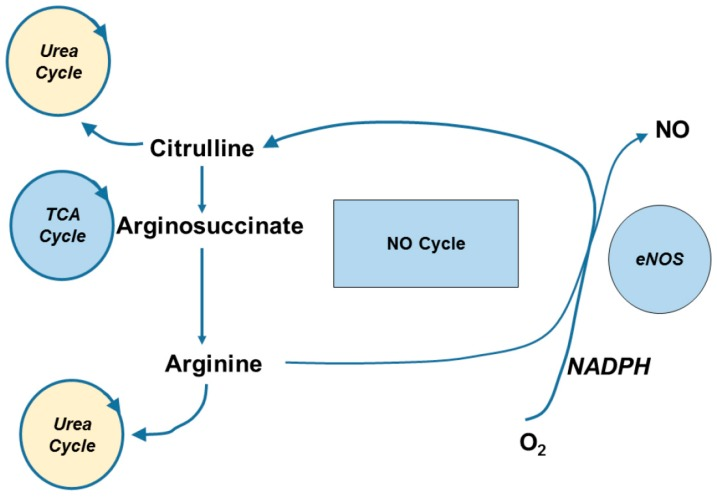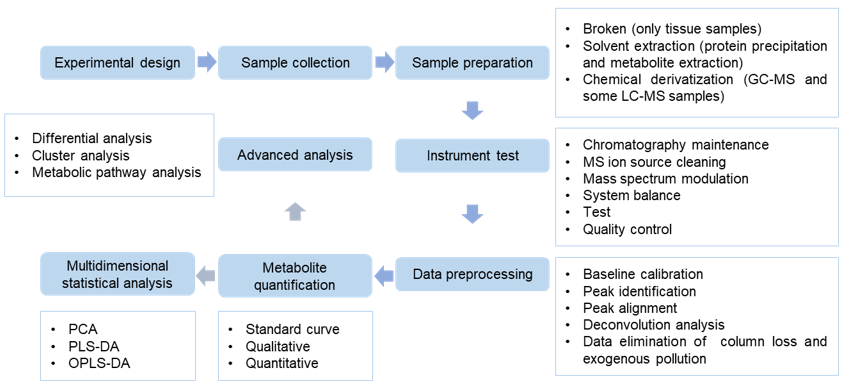Citrulline is a non-protein amino acid, and the conversion of glutamine in the villi of the proximal small intestine is the main source of citrulline in the circulating blood. Citrulline has physiological effects such as scavenging free radicals and anti-oxidation, improving immune system function, indicator of foreign body rejection effect, vasodilation, maintaining joint motor function, improving sexual endurance and erectile function, and stabilizing blood pressure. Citrulline has a highly specific metabolism, it cannot be digested and absorbed by the intestine or liver, and can be used as a precursor of arginine synthesized de novo in endothelial cells and immune cells. Oral citrulline facilitates the delivery of arginine to the systemic circulation, so it can be used as a protein anabolic agent in specific clinical situations. Citrulline can maintain protein homeostasis, it can stimulate the signal transduction pathway of protein synthesis in skeletal muscle, and it is a drug nutrient with great application value.
Citrulline does not contain an aromatic ring chromophore and cannot be directly detected by UV detectors. Therefore, 2,4-dinitrofluorobenzene (DNFB) derivatization reagents can be used to derive amino acids with strong UV or fluorescence absorption, and then obtain the HPLC quantitative analysis. At the same time, we can also use LC-MS to detect the citrulline content, which provides high sensitivity for its detection, uses a minimum of sample detection, and ensures rapid analysis methods and results conversion.
v-innovate Technologies can provide simple and reliable reversed-phase high performance liquid chromatogram (RP-HPLC) and liquid chromatograph mass spectrometer (LC-MS) method to detect the content of citrulline and its derivatives, and can provide customers with detailed citrulline analysis reports. The method is fast, accurate, easy to operate, and the result has good linearity and accuracy.
 Figure 1. Nitric Oxide (NO) Cycle. (Allerton 2018).
Figure 1. Nitric Oxide (NO) Cycle. (Allerton 2018).
We use DNFB as the pre-column derivatization agent, separated by HPLC, and detected by UV detector. The derivatization reaction is thorough, and the derivative product DNP-citrulline is stable. Excessive DNFB has no interference to the quantitative determination of citrulline, the analysis cycle is short, and the application range is wide. LC-MS is used for detection, quantitative analysis results of trace sample substances.
 Figure 2. Citrulline analysis service workflow.
Figure 2. Citrulline analysis service workflow.
Detection method: RP-HPLC or HPLC-MS
Mobile phase: mobile phase A is acetonitrile-water solution (1:1), mobile phase B is a buffer salt solution of 50 mmol·l-1 potassium dihydrogen phosphate plus 1‰ phosphoric acid
Elution mode: linear gradient elution
Detection wavelength: 360nm
Resolution: 0.25-100 μg·mL-1
Precision: 1.98%
Average sample recovery rate: 87.45%
Repeatability: 1.55%
Injection volume: 20 μl
Flow rate: 1.0 ml/min
Number of biological replicates: At least 6 biological replicates for plant samples, and at least 10 biological replicates for animal samples
The samples include multiple sample types such as animals, plants and microorganisms, please contact us for details.
We use simple and reliable RP-HPLC and LC-MS method to detect the content of citrulline, and obtain high-accuracy and highly selective analysis reports, which will help researchers to speed up the research on the molecular mechanism of citrulline and its derivatives. These studies can realize its application in food and medical related fields. v-innovate Technologies has professional analysis engineers and reliable biological analysis technology, which can meet your testing needs for multiple sample types.
References
